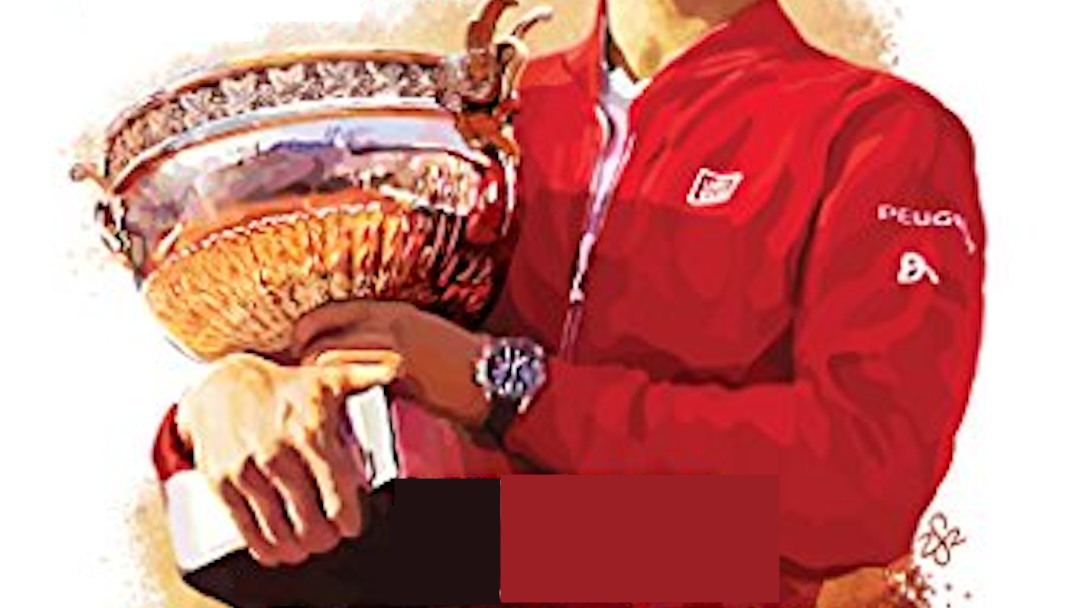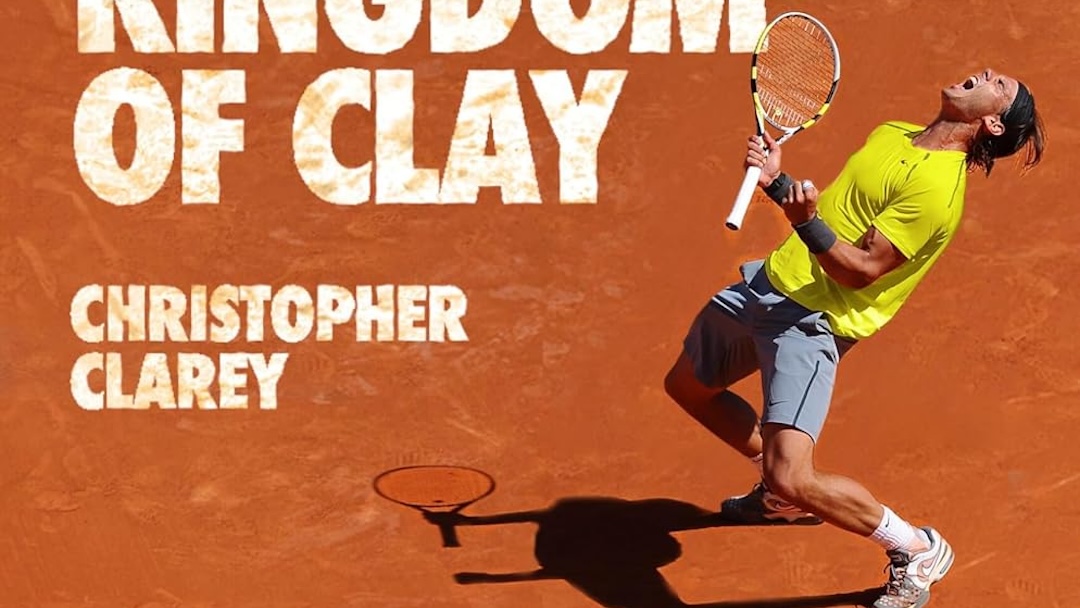Paul Fein is a USPTA teaching professional with an Elite rating. He is also an accomplished tennis writer with a litany of award winning tennis articles and best-selling books. In addition, Fein is an excellent Senior tennis player with a history of high national rankings. Fein recently published his latest book filled with his copious wisdom on how to elevate a player’s competitive level. The book is also packed with first person perspectives from other renowned tennis coaches and pros.
It took me a long time to complete my initial read The Fein Points of Tennis: Techniques and Tactics to Unleash Your Talent. I wouldn’t claim that I have come close to fully digesting it yet. I don’t think that Fein intended this book to read in one continuous arc. However, I hesitate to categorize it as a reference book. The information is shared using a Socratic conversational form of posing a question that is debated and answered in detail. It is a unique approach to providing tennis instruction, and it is extremely effective.
There is a copious amount of information on this book on stroke technique. That being said, the book is not appropriate for beginning tennis players. It will not teach a player how to hit each shot but rather how to hit each shot better.
The Fein/fine pun in the title is apropos, as subtleties of each shot are broken down and examined in minute detail. Fein does a great job explaining the detailed mechanics of various forms of each shot. He excels at describing why those subtle aspects are critical for effective stroke production.
The chapters on the tactics of tennis are similarly nuanced and detail oriented. For example, some instructional books will extoll the virtues of blindly hitting the ball crosscourt. Fein describes the same thing but framed out in the context of keeping the ball away from the opponent’s “strike zone.” His chapter on good shot selection steps players through the decision process rather than recommending specific shots. There is no “one size fits all” approach to making smart decisions.
Fein obviously has a deep appreciation of the relationship between footwork and balance. His ideas pop up regularly throughout the book. There are also dedicated chapters on this very important topic. He provides great advice for off-court work to developing those skills.
As a Senior tournament player and teaching professional, Fein’s observations on how to compete at the highest levels of the sport across an entire lifetime are particularly valuable. Most authors will mention flexibility, balance, and strength work as important for Senior players, but Fein does not stop there. His treatment of recovery time after match play one example of great advice that is not commonly shared. The observations on the patterns of effective Senior tactical play are pure gold.
If there is any chance that we might play head to head in a competitive match at any point in the future, feel free to pass on The Fein Points of Tennis: Techniques and Tactics to Unleash Your Talent. For everyone else that might be interested in elevating their level of performance, this book presents the essential knowledge for getting there.
 | The Fein Points of Tennis |




In the first paragraph in the phrase, “Fein recently published hit latest book”, “hit” should be “his”.
I had not heard of this book, thanks for bringing it up and for reading the 500 plus pages.
The correction has been made.